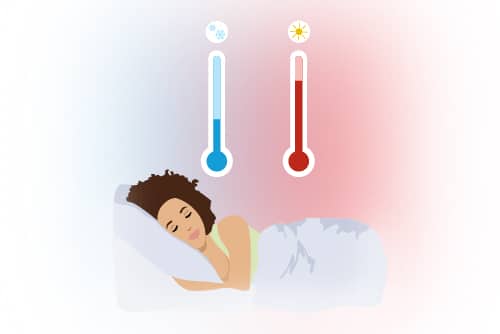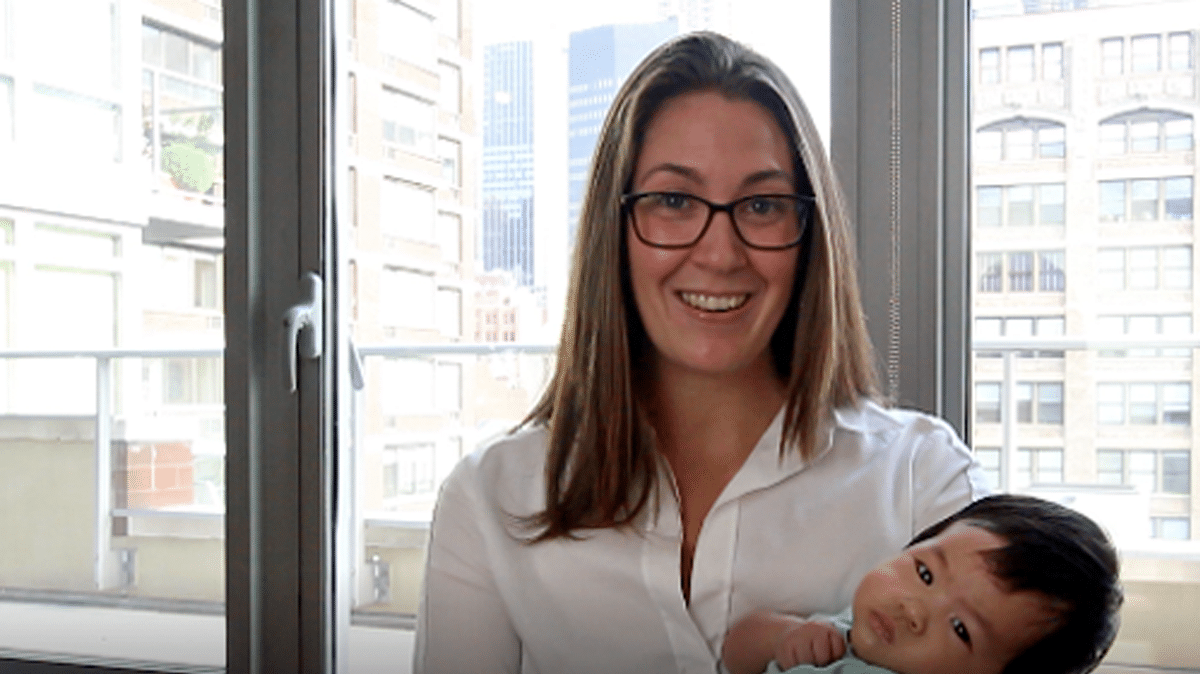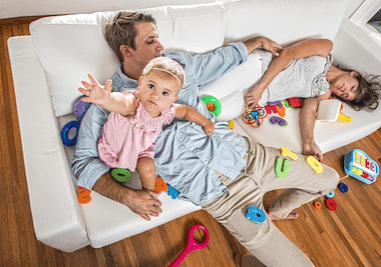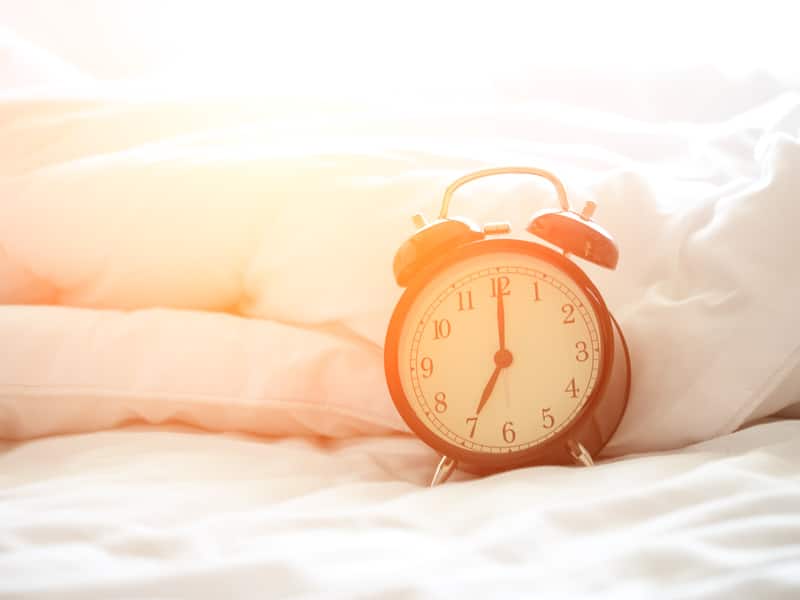
Cold or Cozy? How Room Temperature Affects Your Sleep.
Ever wonder how photographers help infants pose so adorably? We know that babies are unpredictable as they are cute, so how is this even possible? Is it Photoshop?
“Before I start a session, I make sure the room temperature is a balmy 28 degrees (82 degrees Fahrenheit), says photographer Bex Pidgeon.” “…This is the optimum temperature for your baby to send them into a comfortable sleep without any layers of clothing or swaddling blankets around them.”
For newborns, the studio environment at that temperature may simulate the temperature inside the womb, which makes them want to curl up and sleep–and more pliable to poses. Adults are different. While images this winter of a warm room by the fire with a cup of cocoa send soothing messages, we actually sleep better, deeper – with a just little chill in the air.
Research has found that most insomniacs actually have a higher core temperature, which contributes to their inability to sleep. “Ask any insomniac about the perils of a hot pillow: When you’re trying to sleep, your brain loves the cold. Wearing a cooling cap helped insomniacs snooze almost as well as people without sleep problems.” — Markham Heid, You Asked: Is Sleeping in a Cold Room Better for You. TIME.
However, “too cold” doesn’t work either.
Dr. Eus van Someren of the Netherlands Institute for Neuroscience says, “While a dip in core temperature before bedtime flips on your brain and body’s time for bed switches and helps you fall asleep, keeping your skin temperature ‘perfectly comfortable’ is important when it comes to maintaining deep, restful slumber.” Van Someren emphasizes finding that just-right body temp to sleep. He goes on to say, “Your perfect comfort is quite individual. But if you’re cold enough to be shivering, you’re not sleeping deeply. Older adults in particular may actually benefit from warmer skin temps during sleep. “
“Looking at the available research, most studies agree that a temperature between 60 and 67 degrees Fahrenheit is optimal for sleeping, with temperatures above 75 degrees and below 54 degrees disruptive to sleep. Body temperature has also been linked to the amount of deep sleep an individual gets during the night, with cooler body temperatures leading to more deep sleep.” Says Dr. Christopher Winter, Medical Director, Charlottesville Neurology & Sleep Medicine.
Not too hot, not too cold – Just right.
So why do our bodies need the temperature to be just right to sleep well?
Temperature and light of day is connected to the “rhythm inside.” Our Circadian Rhythm (body clock) helps us adjust to daylight, and signals it’s time to sleep when our core temperature dips. During the day, our body temp runs hot, the sun is out – it’s time to work, play – be active. However once the light starts to dim and the temperature cools, our bodies think it’s time for rest.
Researchers at the Center for Chronobiology in Switzerland agree. “In fact there’s a lot of evidence for the cooler camp. A drop in your core temperature triggers your body’s “let’s hit the sack” systems. New research from the National Institutes of Health also suggests that sleeping in a cool room could have calorie-burning benefits.”
Our bodies are programmed (via Circadian Rhythm) to power down based on available light (and thus temperature). Light/Heat=Awake; Dark/Cool=Sleep.
And finally…
Does Gender Play a Role?
Some like it hot – in fact, most men tend to agree that their female partners like it warmer than what is comfortable for them. However, research shows this is not based on gender, but rather height and size. “Woman tend to store less body fat, which makes them feel cold more than men. Canadian researcher, Peter Tikuisis found that a subject’s drop in body temperature was dependent not on gender, but on size and body fat. Find a man and a woman with similar body compositions, and their temperatures should drop at similar rates.
So, short answer – not really, it again has more to do with your body structure than X vs. Y chromosome.
Photo courtesy of Bex Pidgeon Photograpy.

Don't just take our word for it.
We don’t take the term “sleep like a baby,” lightly. We know you don’t either. Want advice from a baby whisperer? Our sleep trainers understand.







